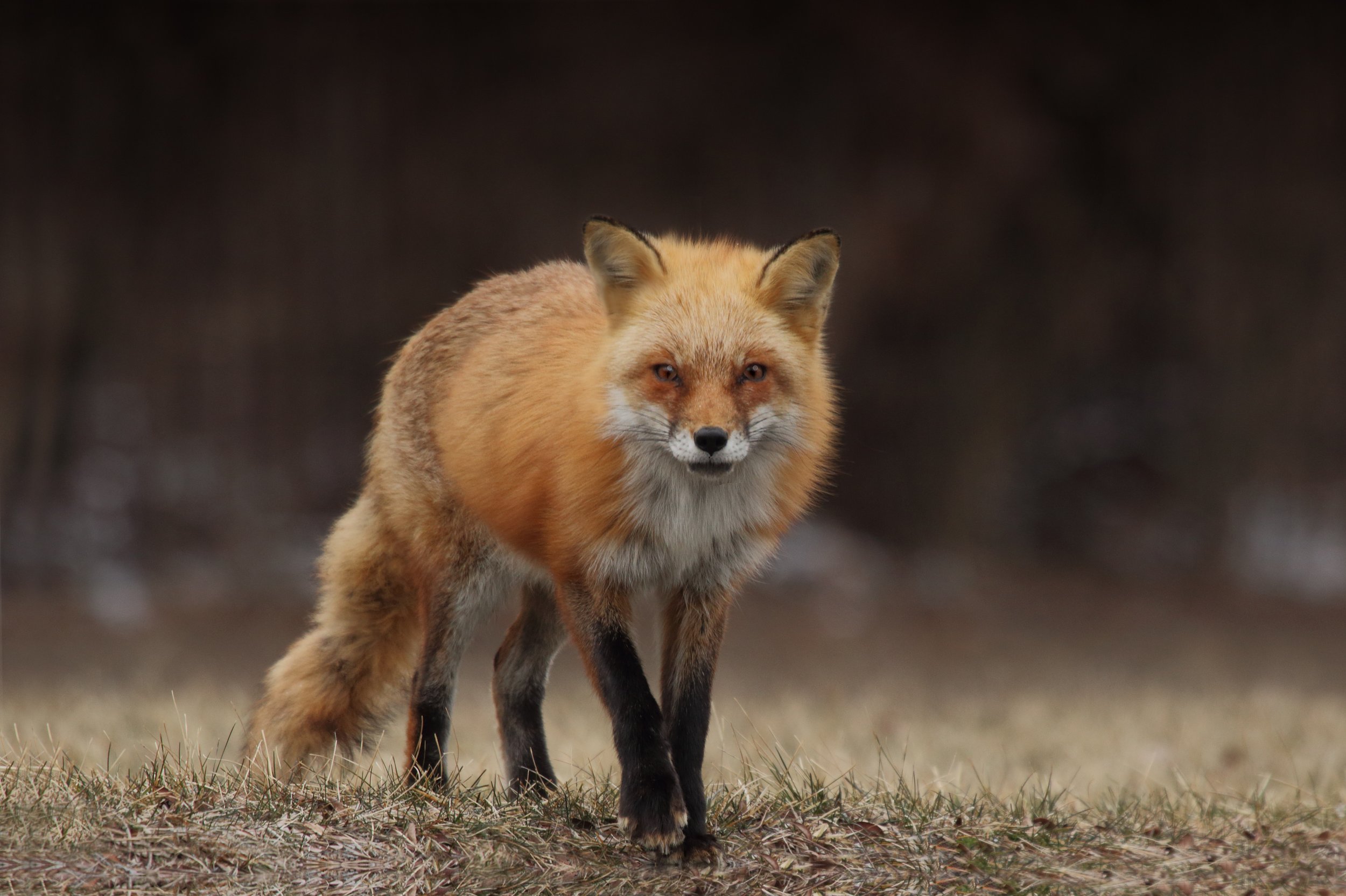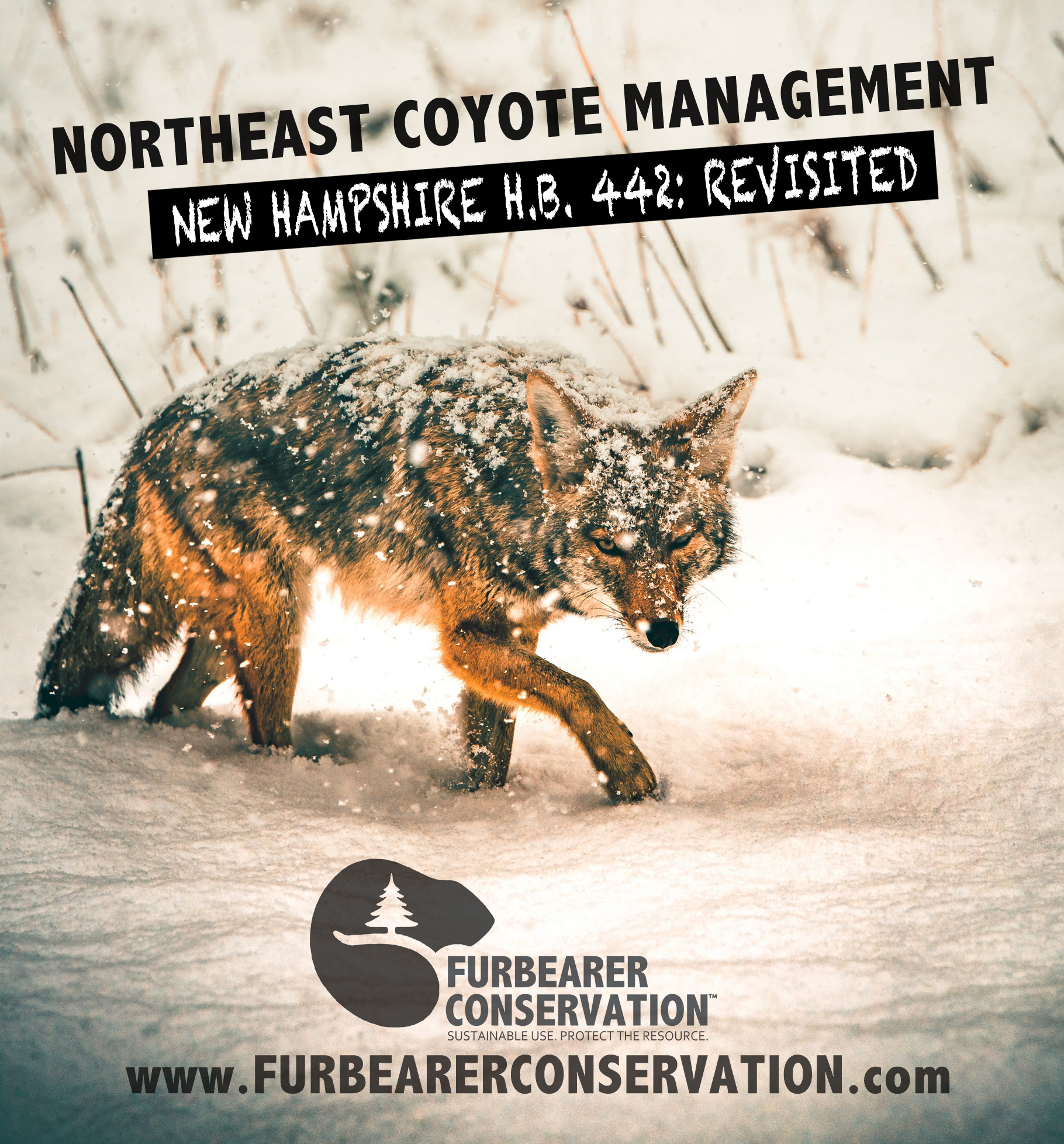Its been said many times both on this website and throughout the country that few topics are as polarizing as those of which circle around how best to manage our abundant wildlife populations in today’s human-influenced landscape.
As our society continues its diversionary tailspin amongst politics, pandemics, and, to a degree, sustainable usage of natural (and “controversial”) materials like fur, it becomes increasingly difficult to cut through the “nonsense” amid such emotional chaos.
A muskrat emerges on ice. Muskrats are a common furbearer species that is seasonally trapped both for its soft pelt and its edible meat.
The Furbearer Conservation project, which originated in 2014 merely as a web-based, pro-hunting/trapping postboard for greater New England, has evolved into a full fledged resource and commentary on both wildlife management policy, and the ever-changing future thereof. Its truly fascinating once one puts down the proverbial pitchfork and torch, and resides as a casual observer on the sideline rather than the no-nonsense pro-hunting warrior who once typed before you.
Translation: I do strongly support regulated aspects of hunting and trapping of abundant mammalian species - more-so on the grounds of beneficial (and sustainable) use and management; but my attention and interests have definitely shifted to more of a spectator sport. I’ve become accustomed to drudging up some good talking points and science-based references for why regulated hunting and trapping are beneficial on the modern landscape, and let you, the reader, take the content for what its worth. After all, society as a whole ultimately must decide the fate of the hunter (and trapper) and the wildlife in which he/she pursues. I’ve found people really don’t like being talked at as much as being spoken to - interpret that how you will.
In other words, my constituents and I compile research and talking points that support the idea of managing wildlife, discuss the conflict that surrounds the challenging aspects of living with wildlife, and hurl it against this proverbial web-based cork-board for your viewing and thought-provoking pleasure. You’re welcome.
Trapping especially has a tendency to be heavily criticized. In contrast, its also an activity that is heavily supported by professionals as an integral tool in the wildlife management playbook. While licensed trappers are often the primary focal point of criticism and scorn, what is NOT often recognized is the working relationship between state agencies, wildlife professionals, licensed trappers, and the general public. One could argue its a primary pillar with which the Furbearer Conservation project resides upon. Our contributor make-up consists of a diverse array of wildlife professionals (biologists and state agency professionals from across North Amerca), wildlife control professionals, and of course, the end users themselves; licensed hunters & trappers, curious non-hunters, and users of the end product - fur and edible protein.
In other words, we’re pretty damn diverse, and our numbers tally far outside the stereotypical backwoods bumpkin. Where am I going with this, you ask?
Enter our friends “north of the border” at the successful resource website and blog Truth About Fur, who always have a stellar cast of skilled writers and professionals (including yours truly) featured on their blog. One of the latest installments was brought to us by Don MacLauchlan, a retired forester and wildlife manager from right here in the states.
Mr. MacLauchlan brings up some excellent points regarding both fur usage and the perception of whether to manage or not manage our precious wild resources. I particularly fancied this little nugget from his post on Truth About Fur:
Few areas of wildlife management in North America are as challenging as furbearer management and the traps that are so critical to this management. No subject is more contentious or misunderstood than the need to manage our wild furbearers.
While we work from an extensive platform of experience and constantly evolving science, we know that we are but players in an emotional theater on the large stage of public discourse. We very much need not only science and devotion, but also public understanding and support to conduct our work successfully.
The management of furbearers is an integral and critical thread in the finely woven and complicated tapestry of environmental management in North America. Trapping is critical to these efforts.
Well said Don. An emotional theater indeed.
He continues:
All wildlife populations are naturally cyclic – they rise and fall over time, triggered by a variety of factors. The downside of that cycle isn’t pretty or humane – think mange, rabies, starvation, habitat destruction and increased prey populations.
Wildlife biologists in North America work diligently to manage all wildlife populations at ecological and socially acceptable levels. Wild furbearers are no exception. The public have little tolerance when these populations reach unacceptable levels. Think rabies transmitted by overpopulated raccoons. Or property flooded by hyper-active beavers.
The real question, then, at the heart of this challenge is not whether some furbearer populations must be managed, but whether excess animals are used for public benefit or left to rot in the wild. Pest control activity or natural mortality will dispose of them if they are not used for public benefit. But pest control will be at the tax-payers’ expense, while disease, starvation and predation, though natural, cannot be considered humane.
This is a zero sum game!
Some of that may sound familiar. If you’re a consistent reader of my content, these are aspects that have formulated much of my support for sustainable activities like hunting and trapping. Full disclosure: I offer commentary as someone who is also fully immersed in the pest control industry - an equally important yet bittersweet aspect of my time on earth.
Don makes some salient points all around. If you’re so inclined, I strongly encourage you to give his post a good read. I thought it was well worth it. At the very least, Don’s commentary serves as yet another example of the diverse array of those with a vested interest in both properly managing and conserving the natural elements that much of society either takes for granted, or greatly overlooks.
Read More: Importance Of Managing Wild Furbearers Greatly Misunderstood.











Both members of the weasel family, fisher and marten tend to inhabit similar areas within their habitat range while competing with one another over valuable resources and food within that habitat. However, while the larger Fisher has managed to adapt immensely well to agricultural, suburban, and slightly more southern expanses of its home range, the marten is far more fickle with regard to altered habitat impact.